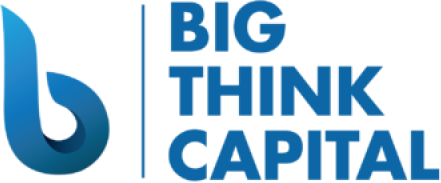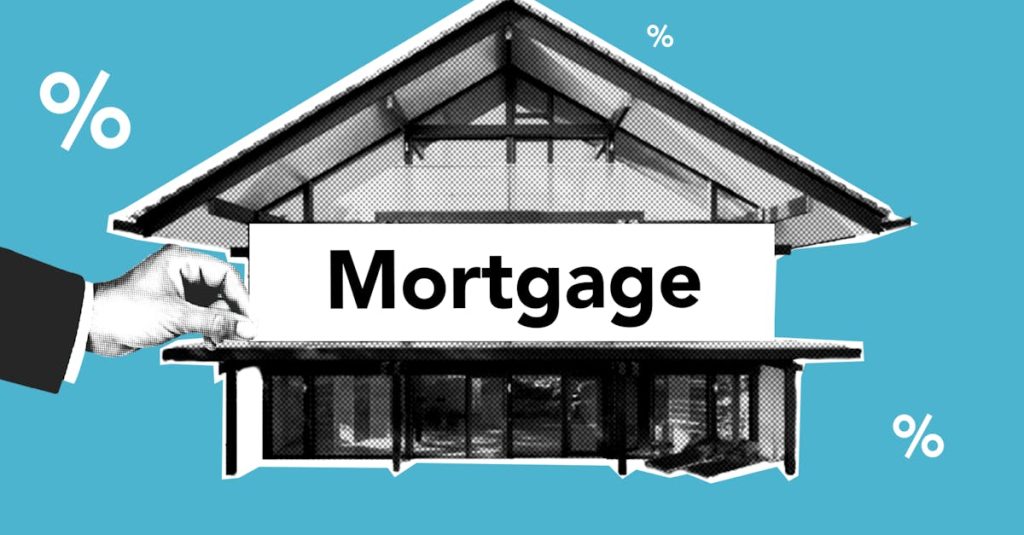Understanding the Recent Federal Rate Hike: How to Navigate Changes and Find Affordable Small Business Financing Options
Estimated Reading Time: 6 minutes
- Be proactive in assessing your credit situation to secure better financing options.
- Explore alternative funding sources to mitigate the effects of rising costs.
- Utilize digital cash flow tools for effective financial management.
Table of Contents
- What the Federal Rate Hike Means for Small Businesses
- Impact on SBA Loans, MCAs, and Equipment Financing
- Strategies to Secure Affordable Small Business Financing in a High-Interest Environment
- How to Use Digital Cash Flow Tools to Manage Rising Costs
- Practical Takeaways for Business Owners
- Conclusion
What the Federal Rate Hike Means for Small Businesses
The Federal Reserve’s decision to raise interest rates is primarily aimed at controlling inflation. As rates increase, businesses can expect the following effects:
- Higher Borrowing Costs: Increased rates mean borrowers will likely face steeper interest payments on loans. This can be a burden for small businesses that rely on credit to finance operations.
- Tighter Lending Standards: Lenders may become more cautious, making it harder for businesses with limited credit histories or weaker financial profiles to secure funding.
- Cash Flow Pressures: As interest rates rise, existing loan payments may take up a larger portion of a business’s budget, reducing available cash flow for other operational needs.
According to a report from the Federal Reserve, small businesses pay approximately 4 to 5 percentage points above larger businesses when it comes to interest rates. Thus, even minor adjustments can have significant implications for financing costs for small business owners.
Impact on SBA Loans, MCAs, and Equipment Financing
The recent rate hike has distinct effects on various small business financing products:
SBA Loans
Though SBA loans typically offer lower interest rates compared to conventional loans, the rate hikes mean these loans will also become more expensive. The Small Business Administration’s 7(a) loan program will see interest rates linked to the London Interbank Offered Rate (LIBOR), which is currently experiencing volatility.
- Current Landscape: For instance, the maximum interest rate for 7(a) loans can rise to 10.5% or more based on current market conditions.
- Advice: Business owners should consider locking in fixed rates if they find a favorable offer, as this provides predictable monthly payments despite external rate fluctuations.
Merchant Cash Advances (MCAs)
MCAs are usually more flexible but come with significantly higher costs, which could climb further with rising rates. Lenders assess risk based on daily credit card revenues, and as interest rates increase, so will the cost of the cash advances.
- Challenges: Higher repayment amounts could impact cash flow, making it crucial for business owners to carefully assess their ability to repay before committing to an MCA.
- Consideration: It may be beneficial to explore alternative financing products that could be more affordable in the long run than a merchant cash advance.
Equipment Financing
This type of financing can be impacted by interest rates, especially if loans are taken against the purchased equipment. Rising rates could mean higher monthly payments on financed equipment, which could deter businesses from investing in necessary upgrades.
- Planning Ahead: Business owners should evaluate their needs and negotiate terms carefully. Sometimes, suppliers offer promotional financing rates that could offset some of the impacts of Federal Rate Hikes.
Strategies to Secure Affordable Small Business Financing in a High-Interest Environment
Navigating high-interest financing options requires strategic planning. Here are some practical strategies for business owners:
- Improve Credit Fundamentals:
- Ensure your personal and business credit scores are as high as possible. A better credit score can lead to lower interest rates.
- Regularly review your credit reports and dispute any inaccuracies that may negatively affect your score.
- Diversify Funding Sources:
- Explore multiple funding avenues, such as community banks, credit unions, and alternative lenders, which may offer better terms than larger institutions.
- Look into federal programs or local grants that could support your funding needs.
- Leverage Relationships with Lenders:
- Establish and maintain good relationships with lenders. Show them your business’s growth and profit potential to gain more favorable terms.
- Regular communication can sometimes lead to leniency or exceptions during negotiations.
- Consider Pre-Payment Discounts:
- When securing financing, inquire about pre-payment options. Paying off a loan early could save on interest in the long term.
How to Use Digital Cash Flow Tools to Manage Rising Costs
In an environment where every percentage point matters, effective cash flow management is essential. Digital cash flow tools can help small businesses optimize their finances and adapt to the new normal.
- Budgeting Software: Utilize software that includes forecasting capabilities, enabling businesses to predict future cash flow needs and adjust spending accordingly.
- Expense Tracking Apps: Keep track of all expenses in real-time to identify areas where costs can be trimmed. Many tools assist in categorizing spending to highlight less critical expenses.
- Invoice Management Platforms: Automate invoicing to ensure timely payments from clients. This software can also send reminders and help improve cash flow management.
- Financial Analytics Tools: Implement tools that offer insightful analytics about financial trends in your business. These insights allow for more informed decision-making when securing funding or adjusting budgets.
Practical Takeaways for Business Owners
As the landscape of small business financing evolves with the Federal Rate Hike, consider the following takeaways:
- Be proactive in assessing your credit situation and improve your standing to secure better financing options.
- Explore alternative funding sources, focusing on diversifying your options to mitigate the effects of rising costs.
- Use digital cash flow tools to manage expenses and optimize financial planning effectively.
Conclusion
With the recent Federal Rate Hike, small business owners face both challenges and opportunities. By understanding the implications on various financing options and employing effective strategies to secure affordable small business financing, businesses can navigate this high-interest environment successfully.
At Big Think Capital, we specialize in securing the right funding options tailored for your specific needs. Whether you are considering an SBA loan, equipment financing, or seeking advice on managing cash flow, our team of experts can help. To learn more about your options in this evolving financial landscape, visit us at bigthinkcapital.com or speak with one of our funding experts today.






